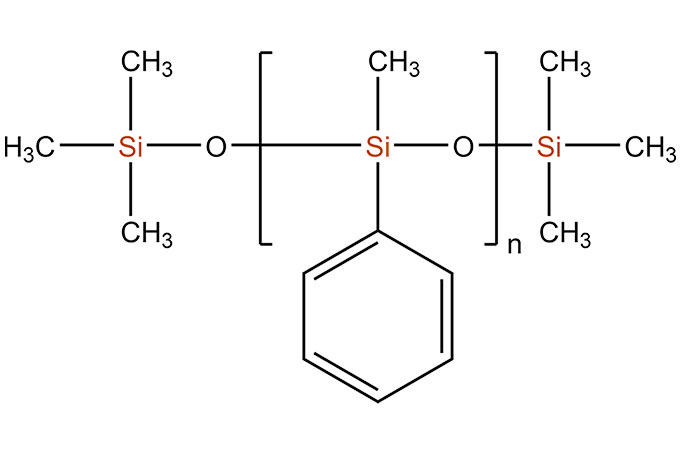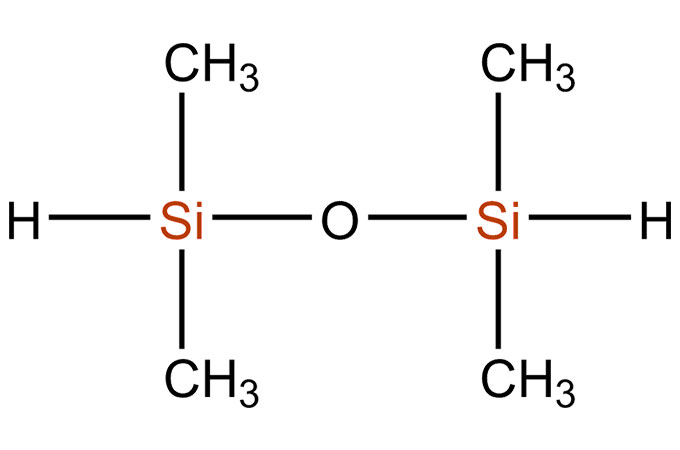Ⅰ. Silane coupling agent is used for glass fiber surface treatment
As an inorganic non-metallic material, glass fiber has good insulation, strong heat resistance, good corrosion resistance, and high mechanical strength. It is often used as a reinforcing material, electrical insulation material and thermal insulation material in composite materials. However, the surface of the glass fiber is highly polar and difficult to be compatible with non-polar resins, which greatly reduces its filling effect.
In order to improve the bonding performance of resin and glass fiber and improve the strength, electrical and weather resistance of glass fiber reinforced composite materials, it is necessary to modify the surface of glass fiber.
At present, the most commonly used surface modifier for glass fiber surface modification is a silane coupling agent, and its varieties mainly include vinyl silane, amino silane, methacryloxy silane and so on. Silanes and other coupling agents are widely used in the food industry, washing and care industry, etc. Sisib is a professional silicone products manufacturer that can provide you with different types of silicones.
Ⅱ. Silane coupling agent is used for the surface treatment of inorganic fillers
Polymer materials such as plastics and rubbers need to be added with different inorganic fillers to meet their different performance. Composite materials can achieve material recombination through direct interface contact. Therefore, the nature and microstructure of the interface directly affect its physical properties and bonding force.
The surface of general inorganic fillers is hydrophilic and cannot be well dispersed in resin and rubber during use, which will seriously affect the performance of composite materials. In practical applications, the surface modification of the filler makes the filler hydrophobic, which can give full play to the function of the inorganic filler.
Surface treatment of inorganic fillers with silane coupling agents can form a non-polar molecular film on the surface of the fillers, improve the stability, dispersion and adhesion of the fillers in rubber and plastics, and improve the filled plastics including rubber and enhance the electrical, mechanical and weather resistance properties of the product so as to promote the improvement of process performance.
Ⅲ. Silane coupling agent is used for surface modification of nanopowder
Nanopowder has the characteristics of small particle size and large specific surface area, so it has a unique small size effect, tunnel effect and surface effect, so it is favoured for its excellent reinforcement, stability, and thickening. It is widely used in coatings and other fields.
Because the surface energy of nanopowder is large and easy to agglomerate, it limits its ultrafine effect and is difficult to disperse and infiltrate in the organic phase. Therefore, it must be surface modified to improve its compatibility and binding force with organic molecules.
The silane coupling agent molecule is used to carry out a certain chemical reaction with the surface of the nanopowder, and the coupling agent is uniformly covered on the surface of the nanopowder, thereby improving the hydrophobicity of the nanopowder. It is a commonly used method for modifying nanopowder. Commonly used are silane coupling agents and titanate coupling agents and aluminate coupling agents.
Ⅳ. Silane coupling agent is used as a tackifier
As a tackifier, a silane coupling agent is widely used in adhesives, sealants, coatings and other fields to improve their bonding strength, water resistance, and weather resistance.
The introduction of a functional silane coupling agent into the coating can make the silane and the film-forming polymer of the coating form an interpenetrating network polymer (IPN) or cross-link with the film-forming polymer of the coating, thereby promoting the wetting of the coating to the substrate, Improve the adhesion of the coating.
In addition, alkyl and aryl silanes can also improve the gloss, hiding power, miscibility, wettability and dispersion properties of the paint film.
 English
English 日本語
日本語 한국어
한국어 français
français Deutsch
Deutsch Español
Español italiano
italiano русский
русский português
português العربية
العربية tiếng việt
tiếng việt

